Microwave diodes are small devices that can be found in a variety of household appliances, such as microwaves, radios, and televisions. They are responsible for controlling the flow of power to these components so that they can function properly. Testing your microwave diode is important to ensure that it is functioning correctly and not causing any damage to your appliance. In this article, we will discuss how to test your microwave diode and provide answers to some of the most frequently asked questions about it. We’ll also provide some useful tips that you should keep in mind when testing your microwave diode.
What Does a Diode Do?
In microwaves, diodes are used to power the magnetron tube which produces energy to cook or heat food. Without the proper functioning of the diode, your appliance may not heat properly or at all. [2]
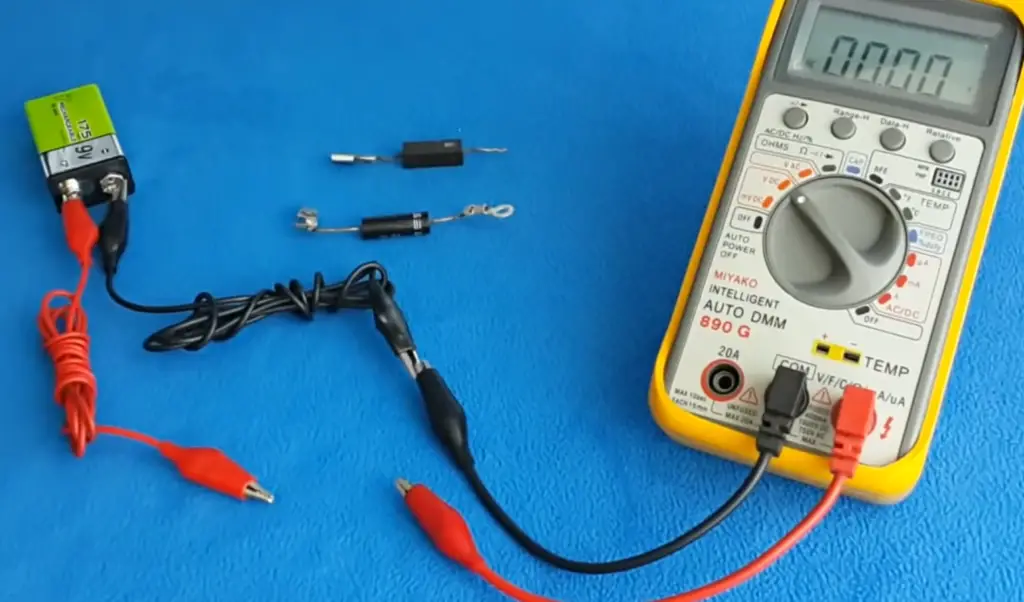
How to test a microwave diode?
Testing a microwave diode can be done with a multimeter, a test light, and a screwdriver. The purpose of testing the diode is to make sure it’s not faulty and causing problems in your microwave. In this article, we’ll walk you through the steps on how to properly test a microwave diode.
- Start by unplugging the microwave from its power source.
- Take off the back cover of the microwave with a screwdriver and locate the diode–it should look like a small cylinder with two wires attached to either side.
- Set your multimeter to continuity testing mode (or Ohms mode).
- Connect one of its leads to the side of the diode and the other to its opposite side.
- Check your multimeter’s reading–if it reads 0 ohms, then this means that the diode is in working order. If not, then you will need to replace it with a new one.
- You can also use a test light instead of a multimeter. Connect one end of the test light to the diode and another to a ground (metal) source. If it lights up, then it’s working. [2]
Symptoms of a Bad Microwave Diode
Microwave buzzing and humming
If you hear loud buzzing and humming coming from your microwave, there could be something wrong with the diode. The diode of a microwave is responsible for controlling the flow of current, and it can wear out over time due to normal use. If the diode isn’t working properly, it leads to an electrical imbalance resulting in buzzing or humming noises. You should also check to make sure the diode isn’t loose or damaged. [1]
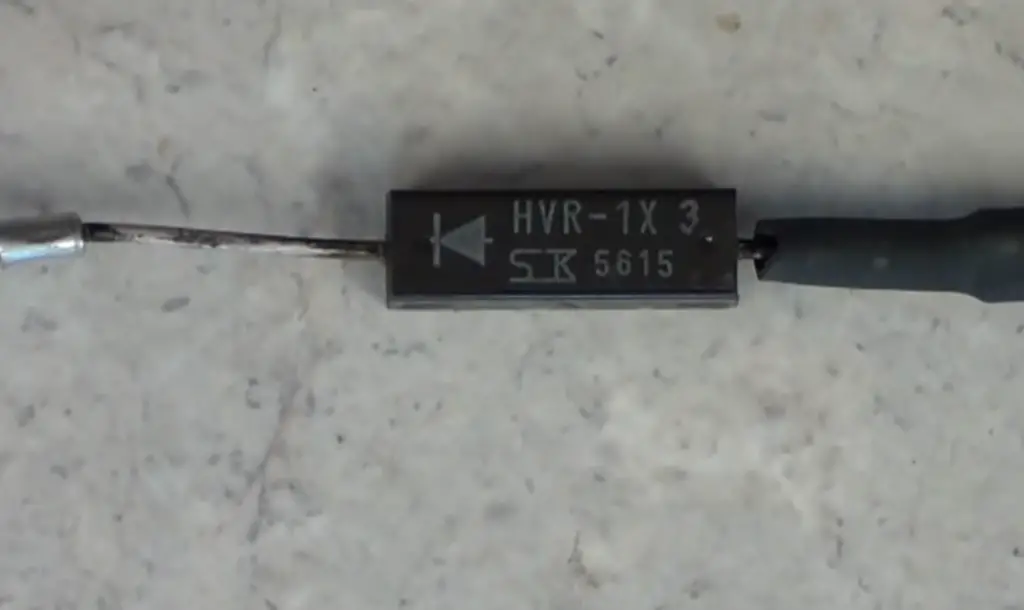
Microwave is sparking
If you notice sparking inside your microwave, it could be a sign that the diode is failing. The microwave’s diode prevents current from flowing backwards in the system and can fail if it’s been damaged or worn out. You should check to make sure the diode isn’t loose or broken before replacing it with a new one. [1]
Microwave Starts to Have Heating Failures
If your microwave starts to have issues heating properly, it could be because of a bad diode. The diode is responsible for controlling the flow of current, and if it’s not working correctly, it can lead to uneven heating or failure to heat altogether. Make sure you check the diode for any signs of damage before replacing it. [1]
What will it take to access the diode?
To access the diode, you should first ensure that the microwave is unplugged. Once it’s unplugged, open up the outer casing of the appliance and take a look at the wiring inside. You should be able to locate the diode near the transformer; it may be secured with screws so you’ll need a screwdriver or nut driver to access it. With the screws removed, you can disconnect the wires connected to the diode and pull it out of the appliance’s inner workings.
Once you have access to the diode, you can begin testing it. It should be noted, however, that this is an advanced repair job and should only be attempted by a qualified professional or someone with experience in repairing. [2]
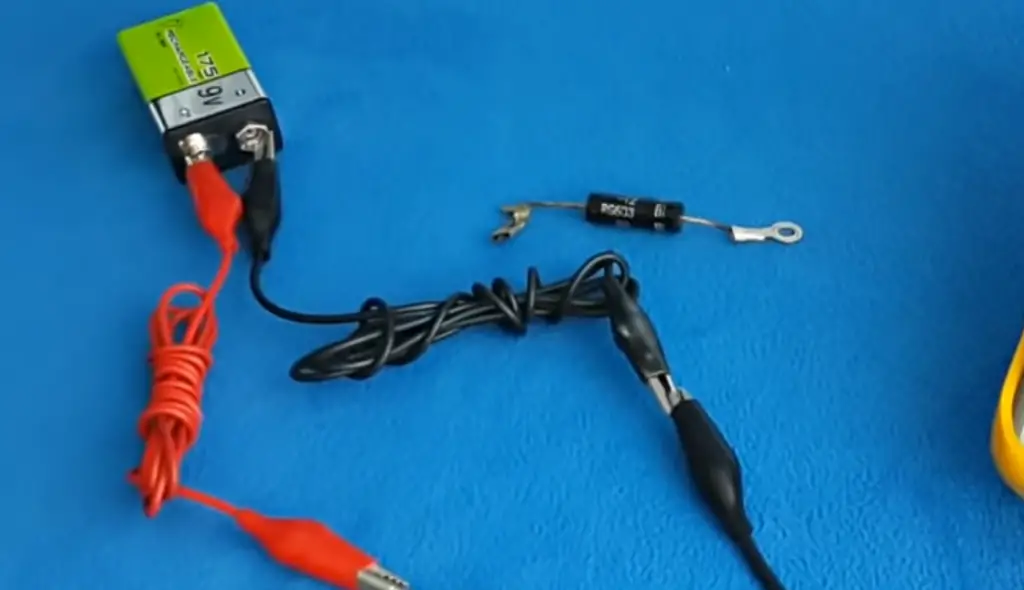
Testing the Diode with a Multimeter
Testing a diode with a multimeter is an easy procedure. You will need to have access to an appropriate digital or analog multimeter, and if you are using an analog meter you may need a 10 megohm resistor.
- Turn off the power before testing the microwave diode. Disconnect it from the power source and unplug any wiring from the microwave.
- Set the multimeter to diode test mode, or if using an analog meter set it to a low ohms range (X1).
- Connect the red and black leads of the multimeter to one end of the diode terminals.
- Reverse the connections and note any substantial differences in the reading. The diode should show a large difference between readings when it is connected in either direction. If you are using an analog meter, connect the 10 megohm resistor to one end of the diode and then connect the multimeter leads across both ends of the diode.
- Compare your results with the manufacturer’s specifications for this particular diode.
If the diode is functioning correctly, its readings should match up with the manufacturer’s specifications. If not, you may need to replace or repair the microwave diode in order to restore proper operation of your appliance. Always remember to be safe when handling electrical components and always disconnect power before servicing any electrical equipment. [2]
Accessing the Diode
The first step in testing a microwave diode is to access it. Depending on the make and model of your microwave, this can involve removing a covering for the waveguide assembly or accessing the back panel of your unit. Once you have gained access to the diode, its terminals should be visible as well. It may be necessary to unplug any wires attached to the diode before proceeding. [2]
How to Replace a Defective Diode on a Microwave?
If you have determined that the diode on your microwave has failed, replacing it is surprisingly simple. Here’s what you need to do:
- Unplug the microwave before attempting to replace the diode.
- Remove any screws holding down the cover of the device and take off the cover to access the inside of the microwave.
- Locate the diode by following the wire connected to it. It’s usually a small black cylinder located near the magnetron.
- Disconnect the two wires on either side of the diode before removing it from its housing.
- Take your new diode and carefully connect each end of it to the corresponding wire.
- Put the cover back on the microwave and secure it with screws if necessary.
- Plug the device in and test its performance to make sure everything is working as it should be. [3]
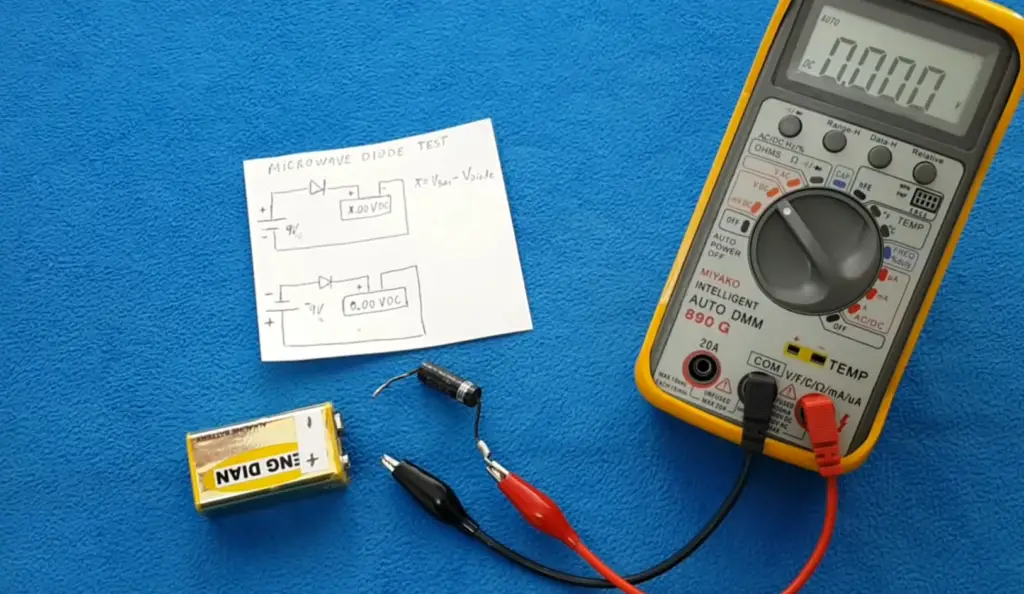
Always put safety first when attempting a microwave repair
Before performing any testing on a microwave diode, make sure the appliance is unplugged from the wall outlet and all safety precautions are taken to avoid any potential electric shock.
Once you have insulated yourself from any potential danger, then you can begin to observe and test the diode’s functionality. To start, locate the metal box on the inside of the microwave which contains the diode. This box will be labeled with a diagram that indicates where all of the internal components are located, including the diode.
When you have identified the correct component, you can begin to test its functionality. To do this, use a multimeter to measure voltage and resistance. Results should indicate whether or not electricity is passing through the diode. If it is not, then this signals that the diode needs to be replaced. [3]
Find the right microwave diodes & parts with Repair Clinic
The best part? You don’t need to be an expert in electronics—you can find everything you need with just a few clicks of your mouse. Repair Clinic offers detailed product descriptions, which makes it easy to identify the right part for your repair job. Plus, they offer a wide selection of new and refurbished parts at unbeatable prices. [3]
How Much Does it Cost to Replace a Diode in a Microwave?
Replacing a diode in a microwave can be costly, as it involves replacing the entire circuit board. The cost of a new circuit board will depend on the make and model of your microwave and could range from around $20 to up to $200 or more. It is usually much cheaper to replace an individual component than an entire circuit board. If you have access to an electronic store, they may be able to help you find a replacement diode for your microwave.
Once you have the replacement diode, installation is fairly simple. Be sure to make note of which side of the diode was connected to what before removing it as this will allow you to install the new diode in the correct orientation. Once installed and secured, use a multimeter to test the diode and make sure it is functioning properly.
If you are not comfortable with replacing the diode on your own, it is recommended that you contact a certified appliance repair technician to do the job for you. This will ensure that the repair is done correctly and safely. [3]

Safety Warning
Before attempting to test a microwave diode, it is important to make sure you are following all safety protocols and wearing the necessary protective gear. Make sure your work space is free of dust or other materials that may disrupt the testing process. Additionally, ensure that you have access to an isolated power source for use during testing. Doing so will help prevent damage to the appliance or yourself. [3]
FAQ
What voltage is a microwave diode?
The voltage of a microwave diode can vary depending on the type and size. Generally, a larger diode will have a higher voltage rating than its smaller counterparts. Microwave diodes typically range from 12-25 volts.
How do I test a diode?
To test a diode, you will need to use a multimeter. Begin by setting your multimeter to the correct voltage range (12-25 volts). Connect the meter’s probes to the diode and check for continuity. If there is no continuity, then the diode is most likely faulty and needs to be replaced. Additionally, if there is only low resistance at the diode, this is another indication of a faulty diode.
What happens when a microwave diode goes bad?
When a microwave diode goes bad, it can cause the appliance to stop working or fail to heat up food correctly. The most common symptom of a faulty diode is that the timer fails to count down properly or the display won’t show the cooking time. Additionally, you may notice strange sounds coming from your microwave when it’s in use. All of these are signs that your microwave diode needs to be tested and possibly replaced.
How do I know if my microwave diode is bad?
The best way to test a microwave diode is with a multimeter. If there is no continuity or if the resistance is low, then it’s likely that the diode needs to be replaced. Additionally, other signs of a bad diode include an appliance that won’t start up correctly or food that fails to heat evenly.
How can you tell if a diode is blown?
If you have tested a diode with a multimeter and there is no continuity or low resistance, then it’s likely that the diode has been blown. Additionally, if the appliance won’t start up correctly or food fails to heat evenly, then these are other signs that the diode is not functioning properly.
How do you test a diode without a multimeter?
Unfortunately, it is not possible to test a diode without a multimeter. You will need to use a multimeter or other specialized testing equipment in order to properly diagnose whether or not the diode is functioning correctly.
What breaks a diode?
Microwave diodes can be broken by an electrical surge or if the diode is exposed to too much heat.
What causes diode failure?
The most common causes of diode failure are electrical surges, excessive heat exposure, improper wiring, and a lack of maintenance. Additionally, if the diode is not properly installed or is subjected to too much current, then it can also cause the diode to fail prematurely.
Useful Video: How to test a microwave oven high voltage diode
Conclusion
The testing of a microwave diode is an important process that can help protect both your appliance and you. To test a microwave diode, you need to have the proper equipment: a multimeter, some basic tools, and safety gear. After disconnecting the power to your appliance, you should use the multimeter to measure resistance. You should also make sure that the diode is correctly wired to the appliance. If all of these steps are followed, you can test your microwave diode efficiently and effectively.
Additionally, it’s important to remember that if you’re not comfortable performing a repair yourself, then it’s best to contact a professional for assistance. When in doubt, always err on the side of safety. With this knowledge, you should be able to safely and correctly test your microwave diode in no time!
Good luck!
References
- https://diy.repairclinic.com/how-to-replace-a-diode-in-a-microwave/
- https://appliancecareusa.com/microwave-repair/how-to-replace-a-microwave-diode/
- https://machineanswered.com/symptoms-of-a-bad-microwave-diode/





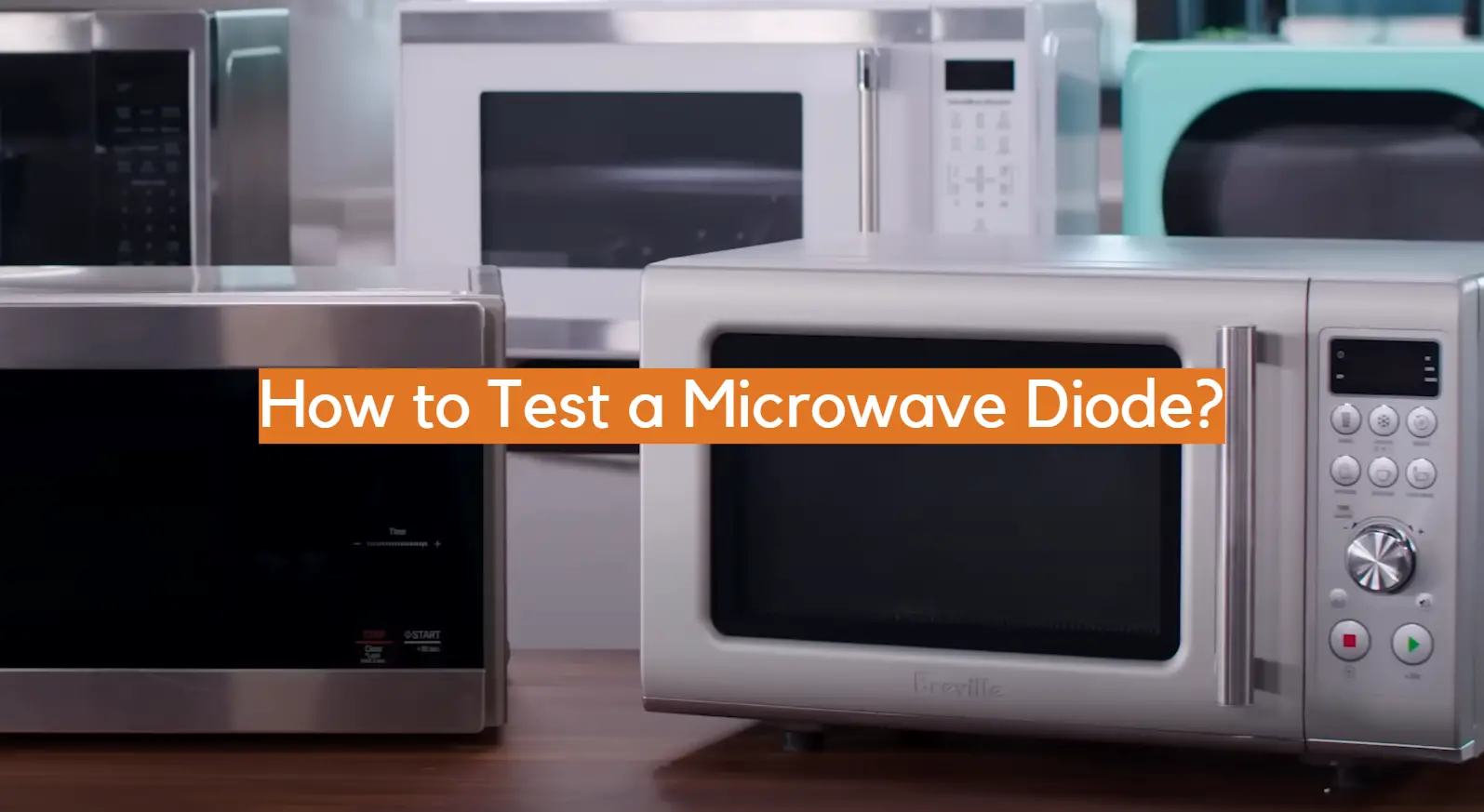




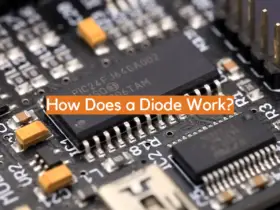
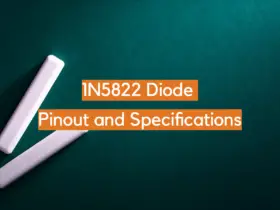
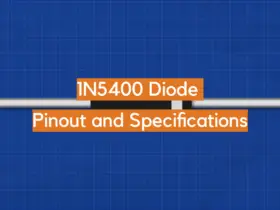
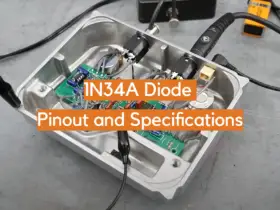
Leave a Reply